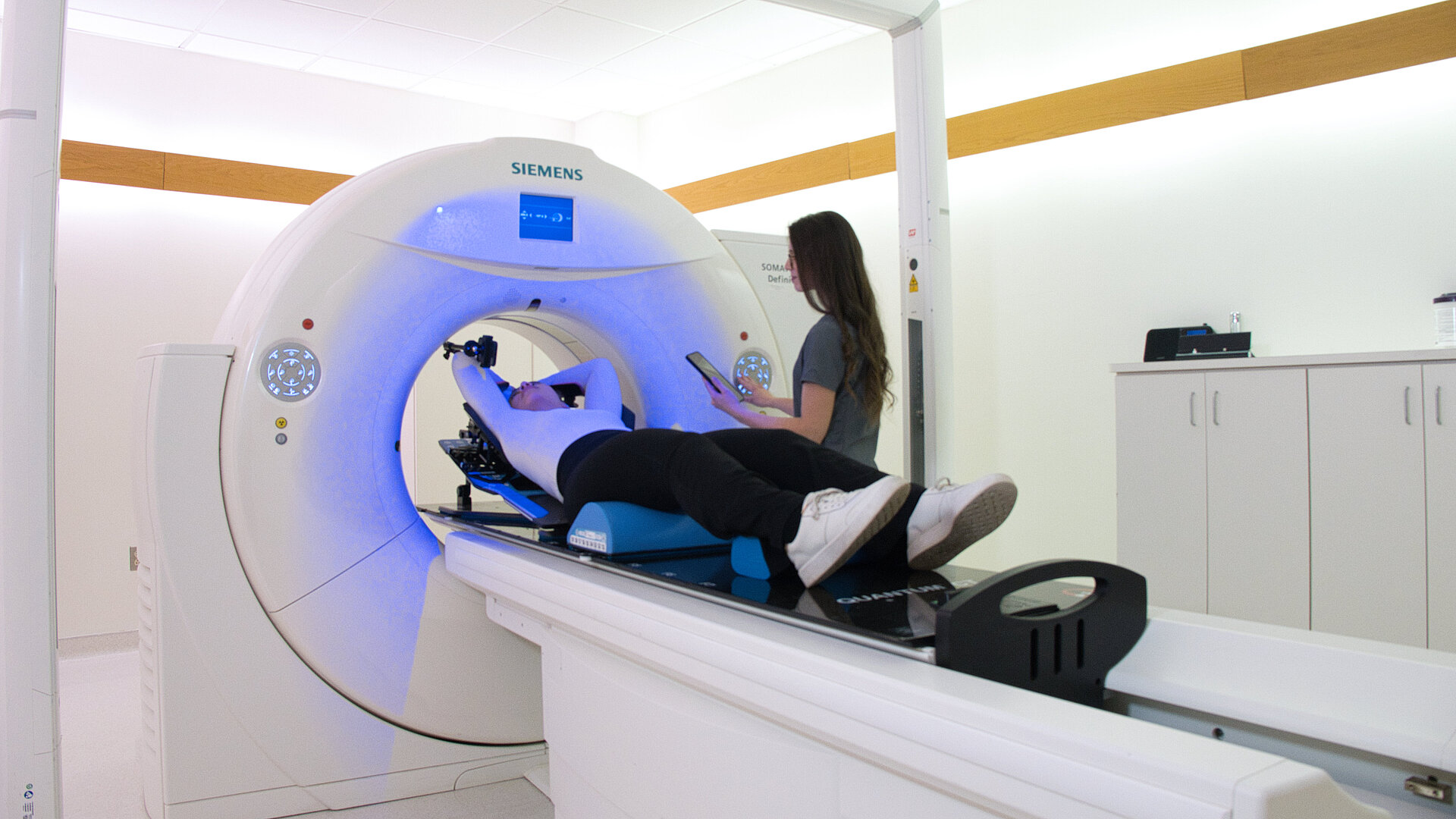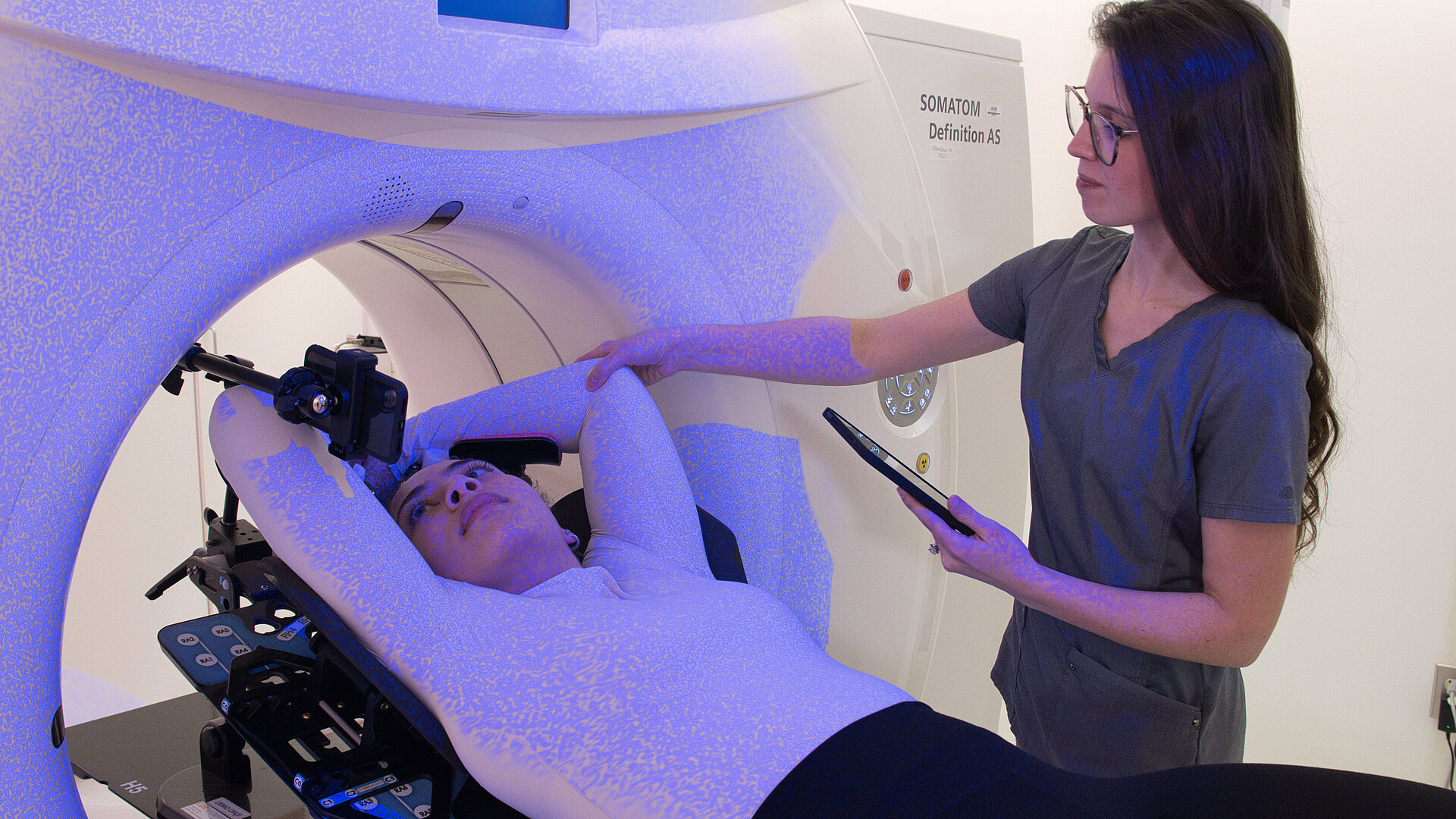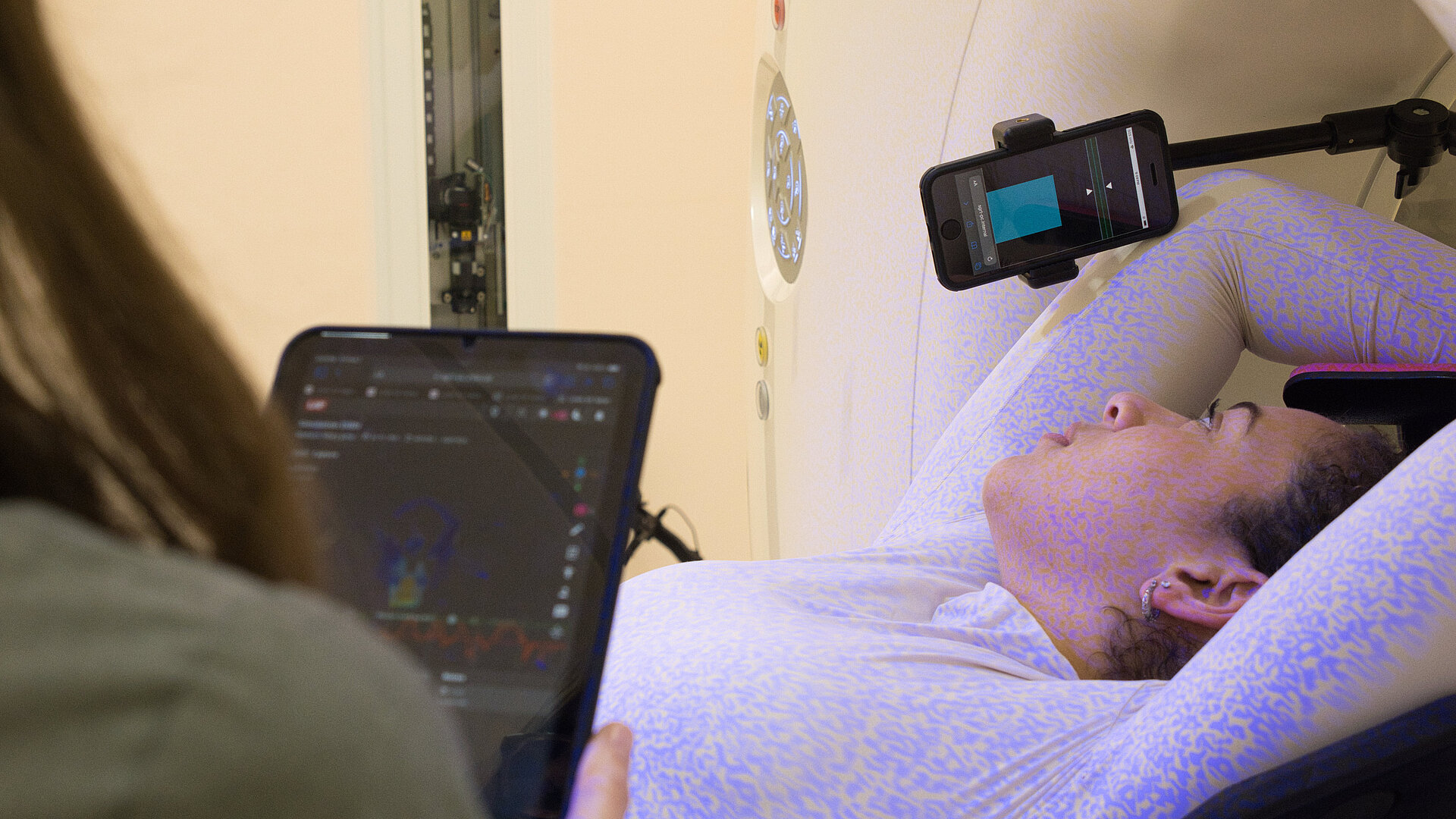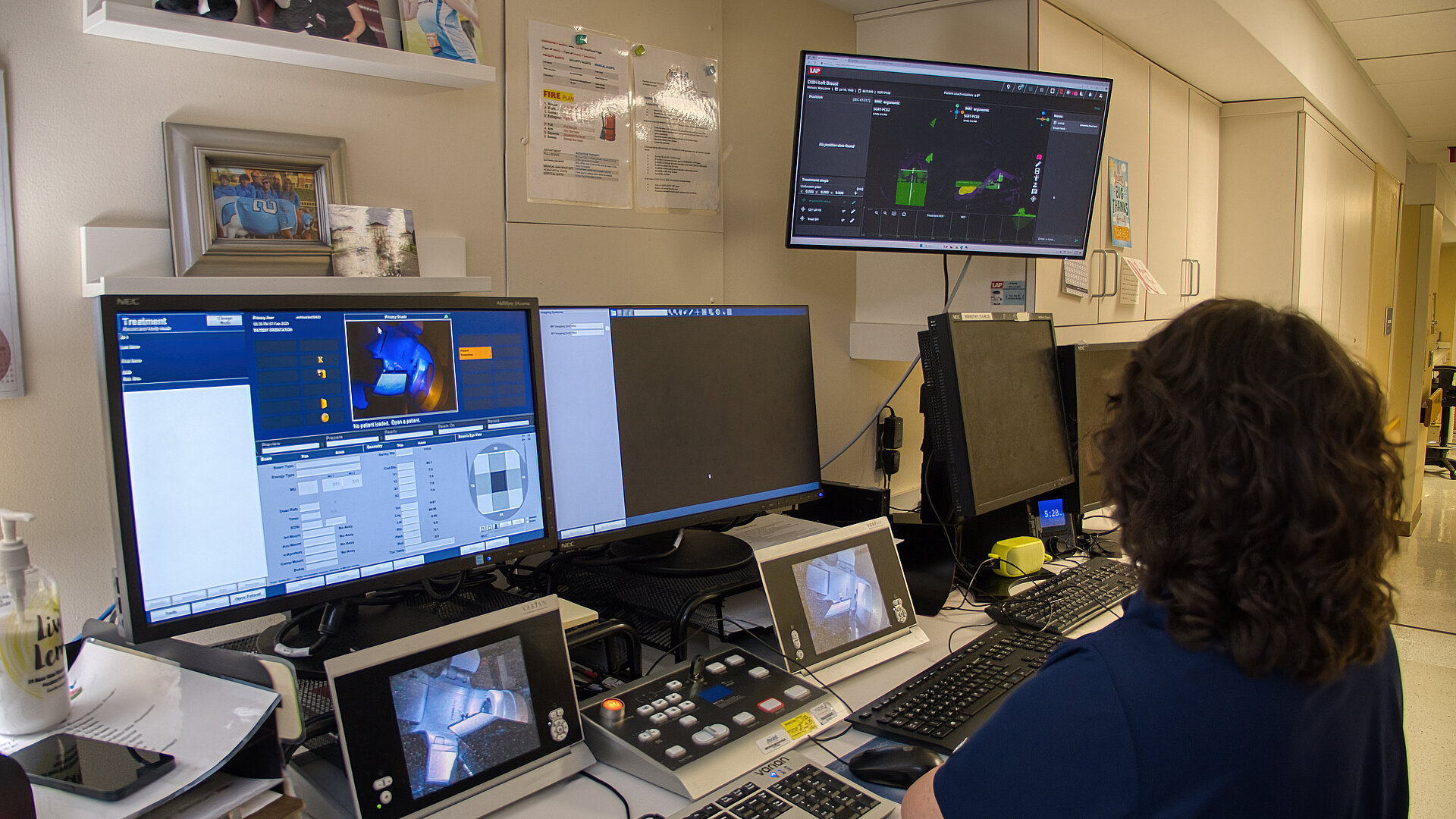Why Surface Guided Radiation Therapy
Radiation therapy is a crucial tool in the fight against cancer, helping patients receive precise and effective treatment. Among the modern advancements in this field is Surface Guided Radiation Therapy (SGRT), a technique that enhances the patient experience and supports radiation therapy experts in delivering high-quality care.
Key figures
0.7m
Cancer deaths in 2022
0.3m
New cancer cases in 2025
0.5m
New cancer cases in 2050
0%
Treated with radiation therapy
Sources:
Global Cancer Observatory, International Agency for Research on Cancer, World Health Organisation
Introduction to: Surface Guided Radiotherapy (SGRT), Mast, MirjamPerryck, Sophie et al., Technical Innovations and Patient Support in Radiation Oncology , Volume 22, 37 - 38




